The teachings of Buddha are timeless and priceless. The eightfold path as preached by Buddha is still relevant and concurrent with non-violence and compassion in its central point and can answer most of the problems that the materialistic world is facing due to ignorance as its root cause.
The Tibetan books were well preserved by the Lamas in their monasteries throughout centuries and in live conditions. India, once the source of religion for Tibet, lost its Buddhist treatises during the past few centuries. Tibetan Buddhist treatises are considered the most authentic source for restoration of Buddhist teaching in the Indian sub-continent.
Nyingma, the first ever sect of Buddhism in Tibet was introduced by Padmasambhava of India and still it is practice. The Gelug sect is the fourth in succession and it claims to have the largest number of followers not only among Tibetans but also popular in the eyes of Western Buddhists, beside others, since more and more Gelug monks are invited to deliver lectures about Buddhism in the west. The responsible factors, inter alia, are perhaps the simplified and elaborate teachings about the altruistic state of mind i.e. Bodhicitta, great compassion, teachings on claming the mind and discerning the real (zhi Nas and Lha Thon) which carry most of the answers to the problems which the world is facing.

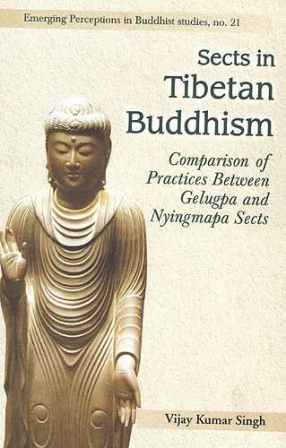
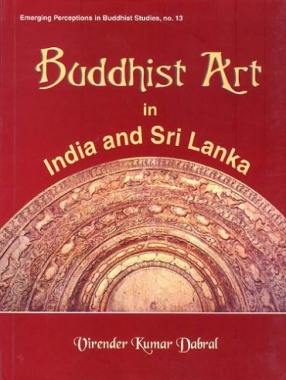

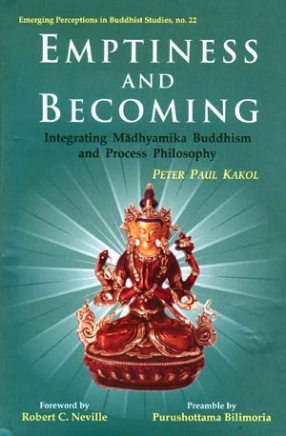
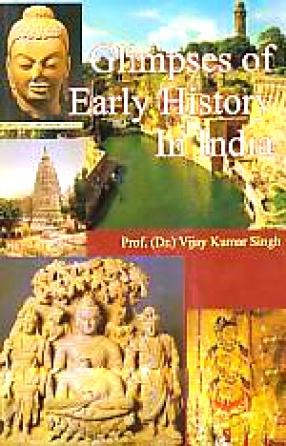
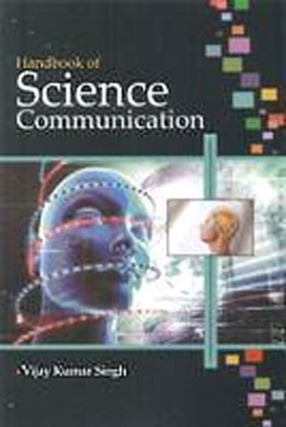

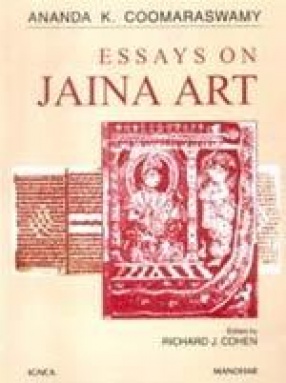
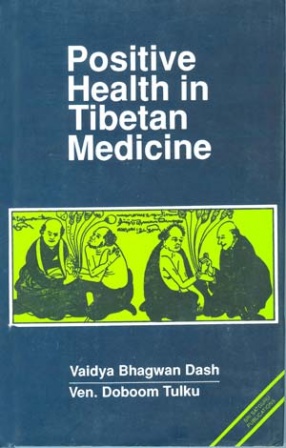
There are no reviews yet.